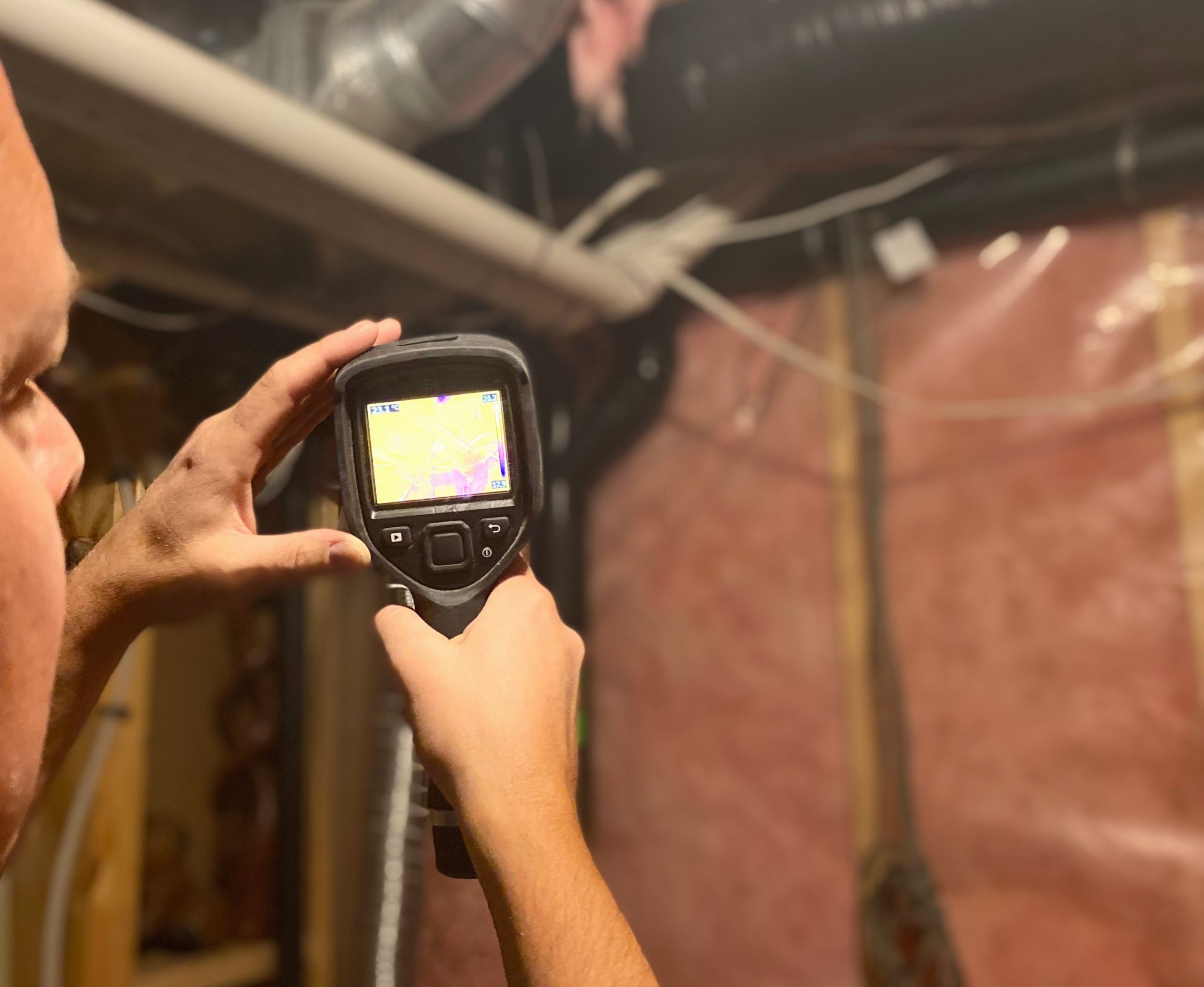Spoken with by phone, health division personnel from 2 states said they suggested that all children be tested, although it's uncertain how widely or strongly these referrals are connected to physicians or moms and dads. Team from North Dakota suggests doctors use the state Medicaid survey to screen children whether they are enlisted in Medicaid to figure out whether they need to be examined. The United States Facility for Illness Control and also Prevention defines an elevated blood lead level as 5 micrograms of lead per deciliter of blood ( µg/ dL) or higher. 5ug/dL is the CDC recommendation level because, based on population-level data in the united state, 97.5% of kids under the age of 6 have a blood lead degree below this degree.
- There are frequently no noticeable signs and symptoms when a child is exposed to lead.
- Provide the child healthy and balanced, low fat foods that are high in calcium, iron, and also vitamin C, all of which have been revealed to minimize lead absorption in children.
- If your child's blood lead level is 45 mcg/dL or higher, they'll need treatment to bring the degree down.
If lead risks are located in the home, it home must be deleaded. If lead risks are located in the house, it needs to be Deleaded. The only means to understand if your kid has been subjected to lead is to have them checked.
When Should Youngsters Be Tested For Lead?
The lead test is made use of to identify the focus of lead in the blood at the time the example was accumulated. The blood lead examination is made use of to evaluate for direct exposure to lead. It may also be gotten to monitor the efficiency of therapy and to verify that lead levels are lowering with time. Afinger-prick or heel-prick examination is usually the very first step to determine if a youngster has lead in their blood. While finger-prick examinations can provide rapid outcomes, they likewise can create higher outcomes if lead on the skin is caught in the sample. Consequently, a finger-prick examination that shows a blood lead degree at or above the CDC's blood lead referral value is usually complied with by a second examination to verify.
Lead Blood Examination: What To Anticipate

In 2015, the National Institute of Occupational Security and also Health marked 5 mcg/dL or over as a raised blood lead degree in grownups. The United State Division of Health And Wellness and also Person Solutions suggests that blood lead levels amongst all grownups be decreased to much less than 10 mcg/dL. Youngsters with blood lead levels greater than 45 mcg/dL need assessment as well as chelation treatment. Chelation treatment contains offering a medicine orally that binds lead https://app.gumroad.com/ithrisohqk/p/residence-power-assessment and also eliminates it via the urine. Some children might not be able to take this medication as well as will certainly need therapy with calcium disodium ethylenediaminetetraacetic acid through injection.
Centers For Medicare & Medicaid Services
This reference degree is a degree that motivates public wellness action. If several of your children has high blood lead levels, your physician might call your local wellness department. Individuals from the wellness department can aid by examining your house for possible lead direct exposures as well as will deal with you to decrease the resources.

Healthcare service providers as well as some low-priced wellness clinics can supply blood lead screening. After a preliminary capillary examination, it might be recommended that your youngster obtain extra testing to confirm the outcomes. If a preliminary capillary examination shows an elevated blood lead degree, a venous test ought to be set up asap in order to confirm the lead level.
Your pediatrician can screen your youngster for lead direct exposure risk variables. Based upon danger aspects identified, they may suggest a blood test to gauge the level of lead in your kid's blood. Typically, there are no evident indications or symptoms if a child is revealed to lead. Both capillary as well as venous samples can be evaluated utilizing greater intricacy methods such as such as inductively combined plasma mass spectrometry (ICP-MS) or graphite heater atomic absorption spectroscopy. Nonetheless, venous samples are extra trusted at identifying lower blood lead levels than capillary samples when assessed using greater complexity approaches (i.e., ICP-MS and also GFAAS).